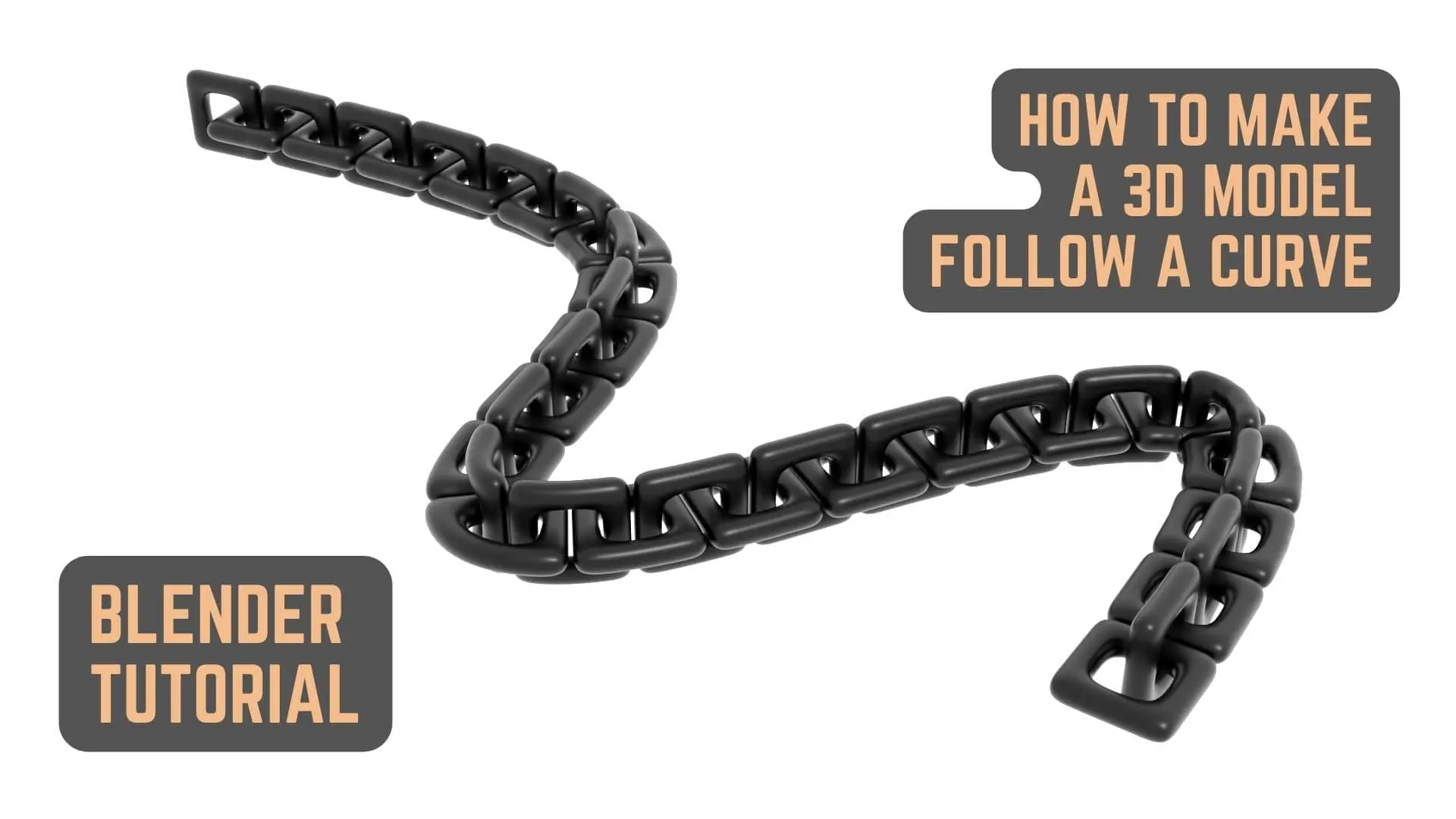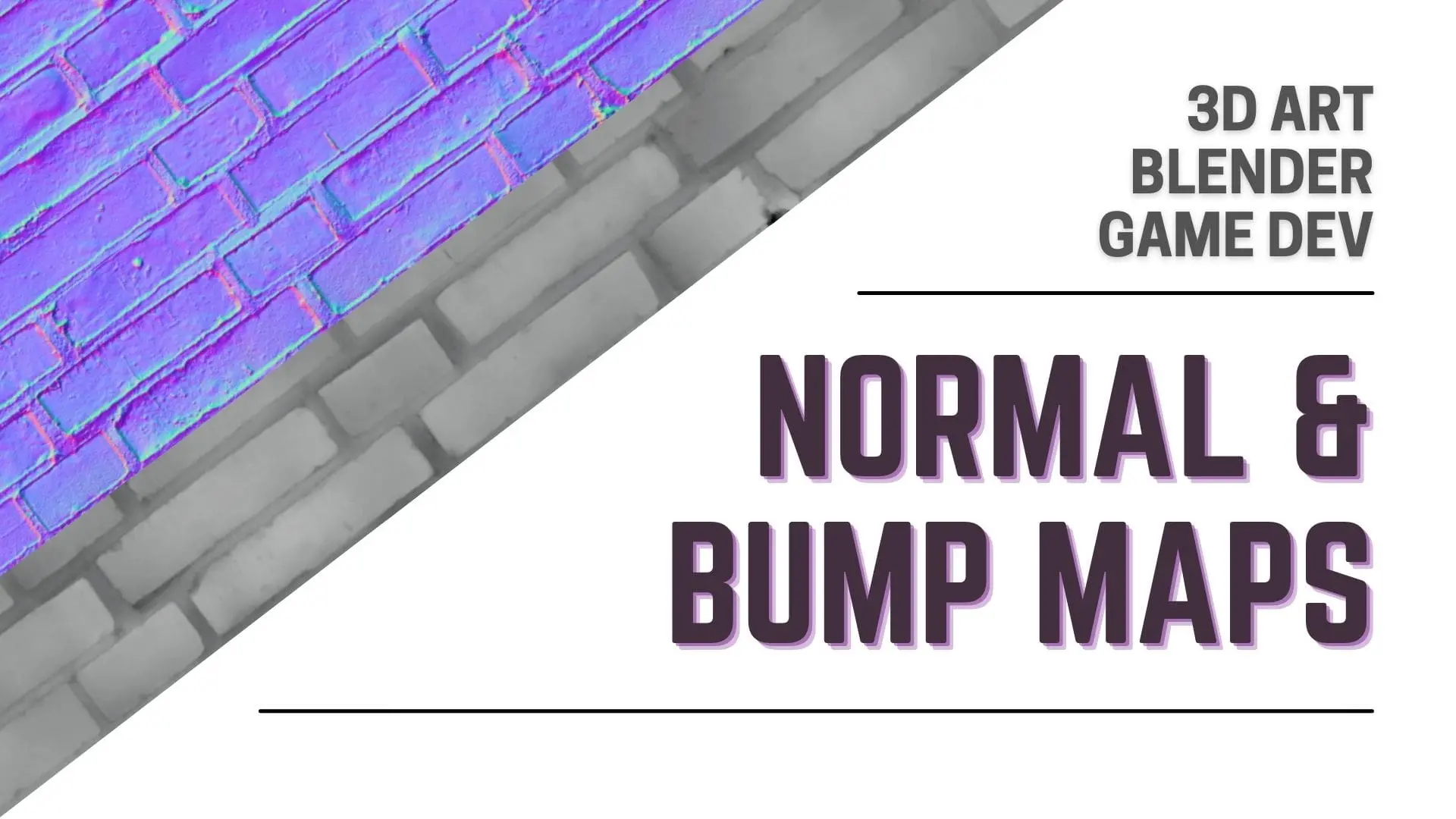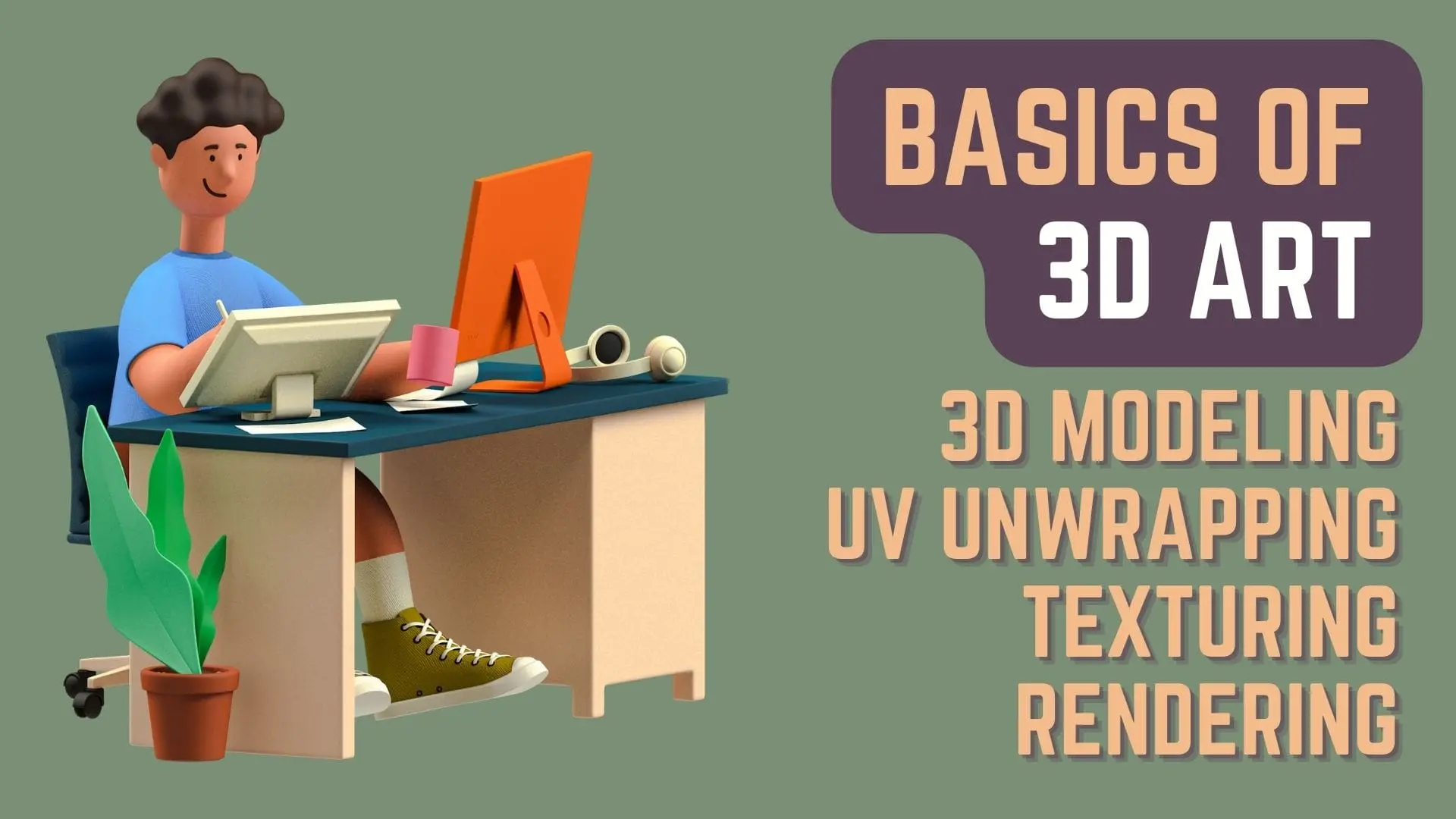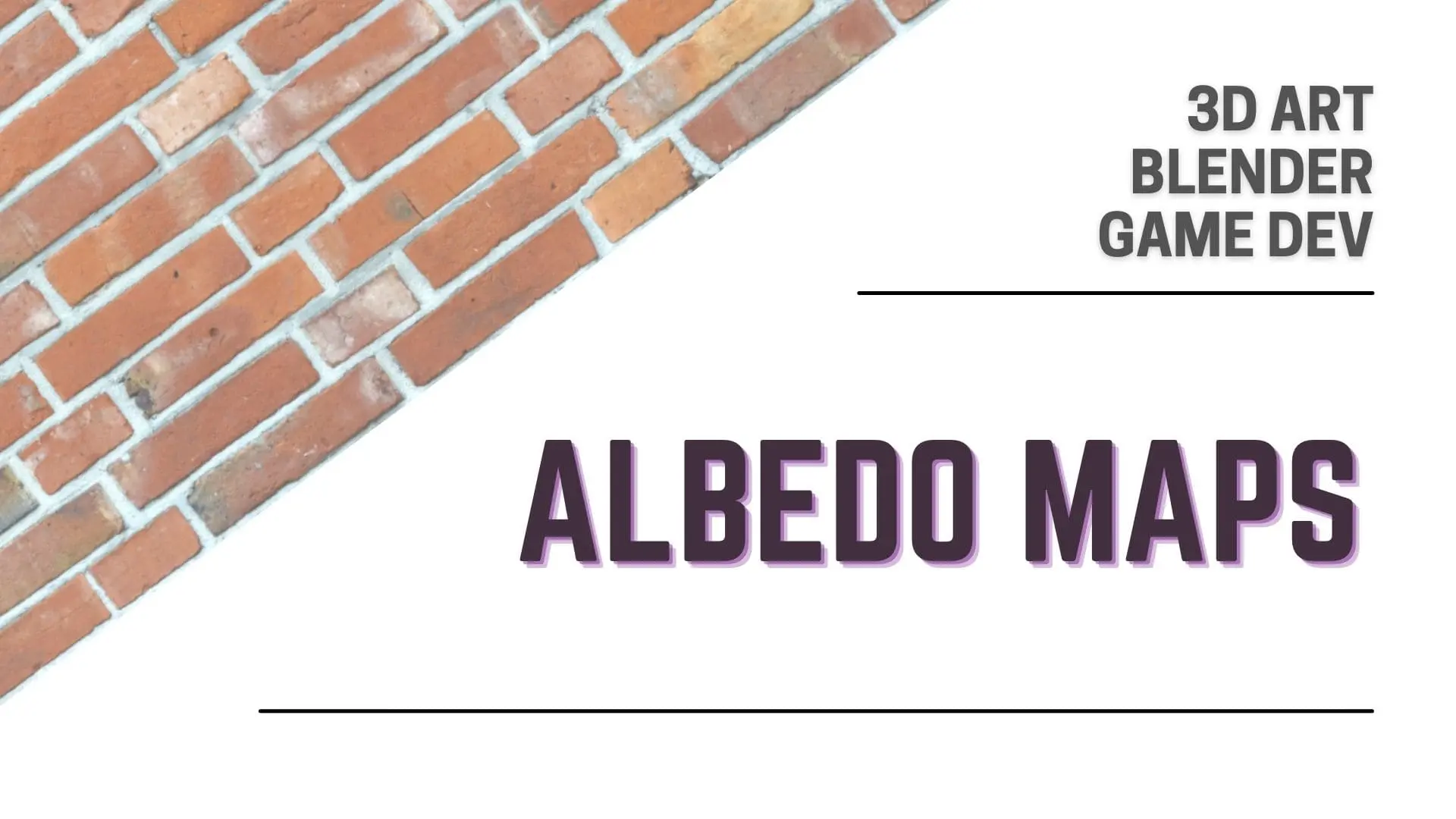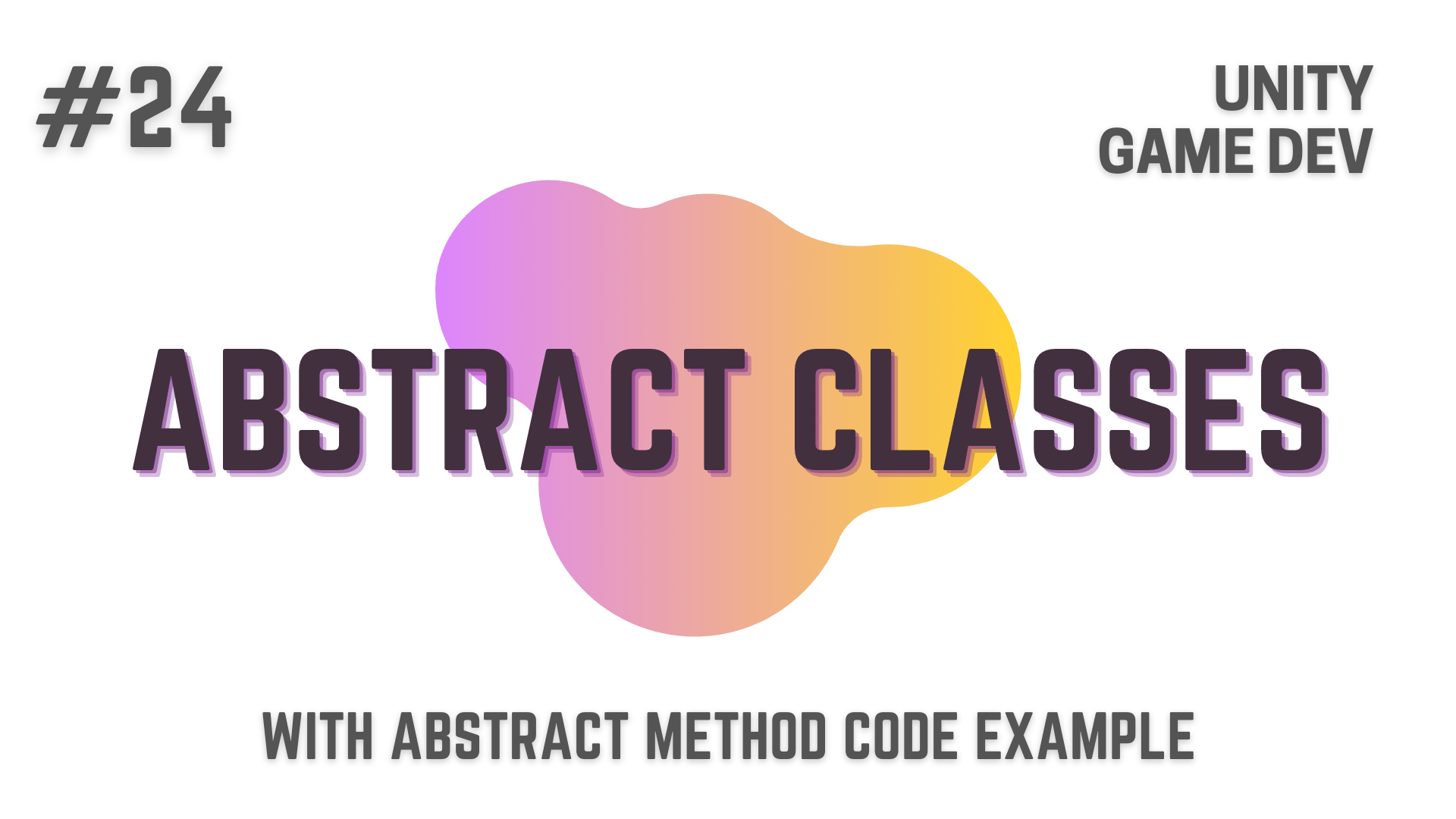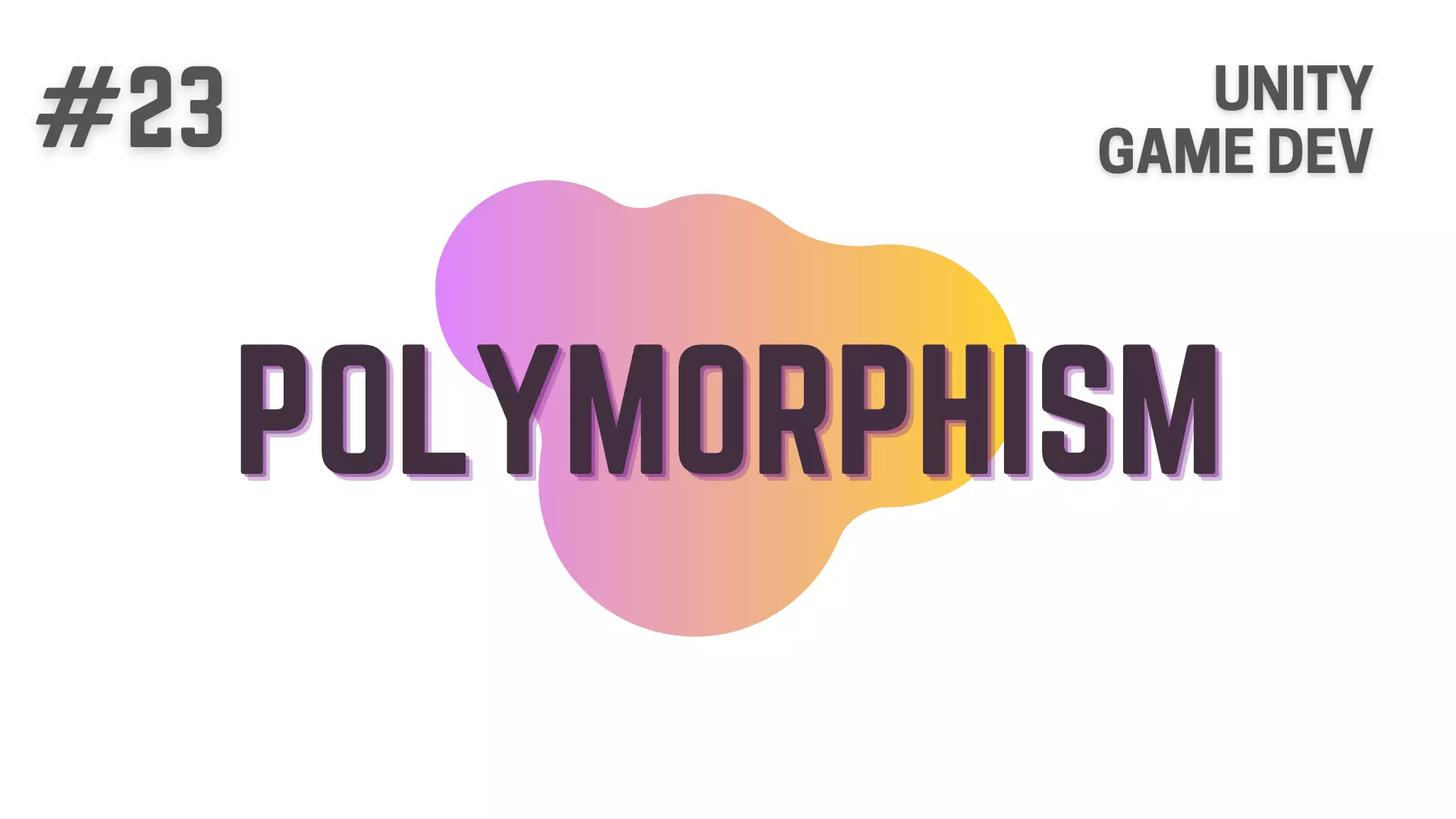When you are designing and developing a game, it is really easy to lose focus on what is important.
These 3 points that I’m talking about in this article,
will help you stay focused and categorize the work you do on your game.
So, let’s dive directly into it.
This Post is Part of the – Game Development Tips Series, in which i give tips and tricks that will increase your productivity and make your life easier as a game developer whether you are making a 2D Game or A 3D Game.
If you are developing games on an older computer using Unity then you might be interested in this article on 5 Ways To Develop Games On Low End / Low Spec PCs with Unity
where i have given 5 actionable points that will help you in achieving a much smoother Game Development experience
and will stop you from banging your head on your desk out of frustration.
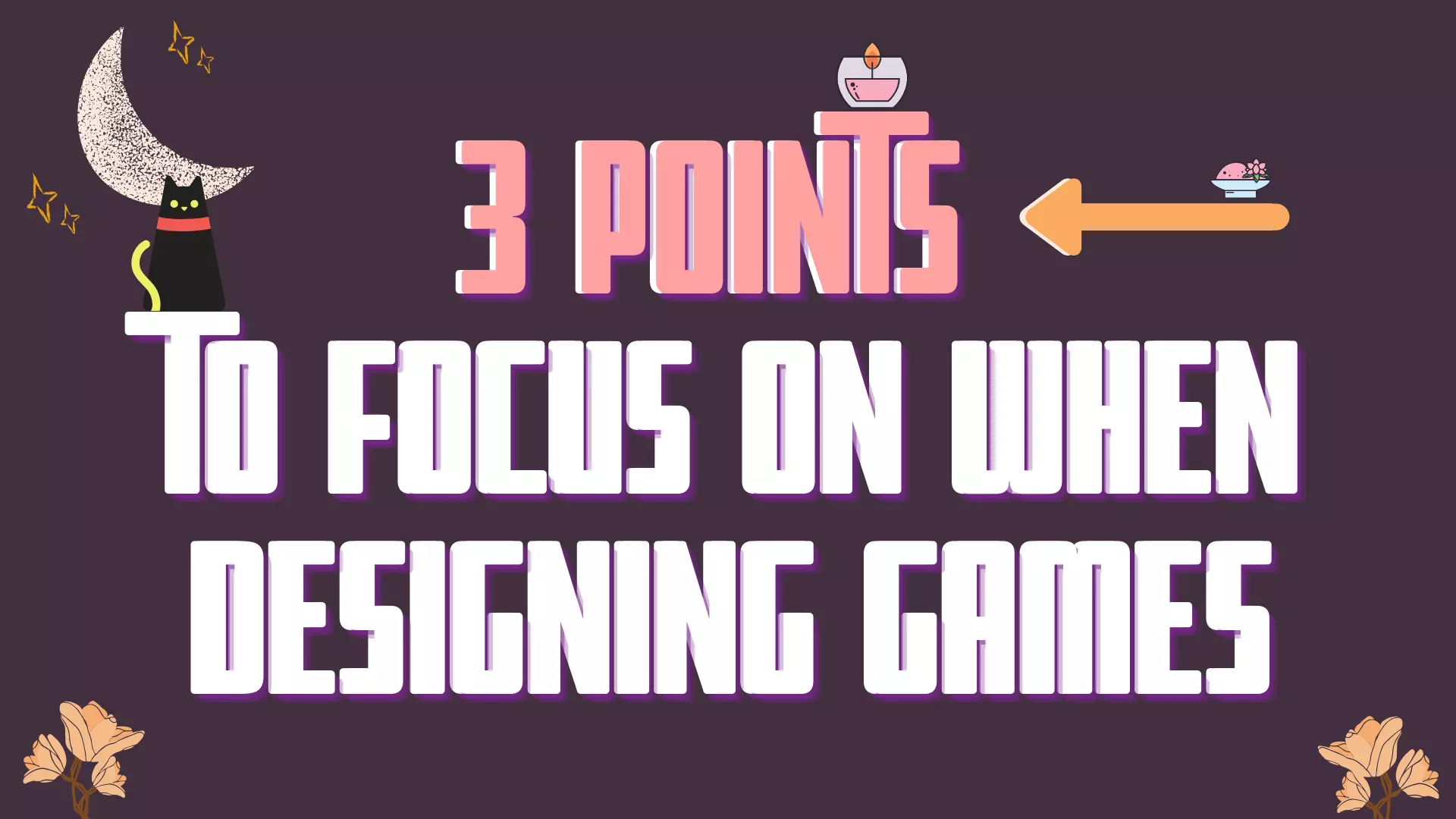
#1 – Keep The Core Game Idea / MVP Of Your Game Simple
The first point is that, when you are thinking about the Core Game Idea / MVP of your game,
you should try your hardest to not complicate it.
The reason for this is that,
if your player needs to learn a hundred different things just to start playing and enjoying the game
they are not going to do that.
Think about Mario, Harvest Moon, Fire Emblem or Fifa
The core ideas of these games are simple
For Mario, it is a Plumber whom the player can move around and make him jump in the 2D or 3D World.
In case of Harvest Moon, it’s a Farmer whom the player controls to grow produce and experience a Town Life.
For Fire Emblem, it’s a Prince / Princess and their troops that the player controls
to fight against the invading empire’s troops in a tiled world with turn based combat system.
While in case of Fifa, it is the player controlling a Football Team or a Single Football Player to play Football.
When a player starts playing one of these games
it takes seconds for them to understand what they have to do
and they instantly get hooked on it.
A Simple Core Game Idea / MVP does not mean that I’m telling you to make a simple game.
Not at all!
What I’m saying is that you should keep the core idea simple
and then build upon that simple idea to make a complex game.
And that’s the second point.
#2 – Everything That You Do Should Facilitate The Core Game Idea / MVP Of Your Game
Now once you have a Simple Core Game Idea / MVP,
build upon it to make it more enjoyable.
If Mario was just a plumber
on a game level that was flat without any obstacles,
there would be nothing for the player to enjoy.
The intricate Level Design, Enemy Design and Power Boosts
that were made with the Core Game Idea / MVP of a jumping plumber in mind
is what makes Mario fun to play.
When i was playing Harvest Moon : Grand Bazaar,
of course the farming part was fun
but the way they build upon it with the concept of Windmills
that the player can use to make Packaged or Refined Products was inspired.
On top of that the whole concept of selling your Produce, Dishes, Packaged Products and more
by setting up a Stall in a Bazaar and ringing a bell to attract customers
just added so much more to the Core Game Idea / MVP of growing produce and experiencing a Town Life.
For any of the Fire Emblem games,
the Weapon Cycle of Sword stronger than Axe stronger than Spear stronger than Sword.
or the Magic Cycle of Anima Magic stronger than Light Magic stronger than Dark Magic stronger than Anima Magic.
made it so much easier to strategize where and how you should move your characters
and how you should pair you characters so that they don’t get defeated.
The Game Developers behind Fire Emblem could have just kept these weapon or magic cycle on the back end
to be used only during battle calculations
but showing it to the player while they were strategizing their moves
is what added a lot to the Core Game Idea / MVP of Fire Emblem for me.
It just made it a lot more fun to play.
So when you are developing your Games,
Keep your Core Game Idea simple
and then make Simple or Complex Support Mechanics
that will support your Core Game Idea / MVP and make it fun to play.
#3 – Create An Exquisite Ambience For Your Game
Now the last point is that
you might have a Great Core Game Idea which is easy to follow and get into
and you might also have created a lot of Support Mechanics that facilitates your Core Game Idea / MVP
but you should never forget that all of your work on these will go to waste
if the player can’t connect with the world that you created.
The player can connect to the world in many ways
but the easiest way for you the Game Developer to help speed up this process
is to Add Custom Sound Tracks at the correct time and location in your Game.
If you have ever played Mario, Harvest Moon or Fire Emblem
you know what I’m talking about.
Even after so many years have passed since i last played Mario
i still can’t forget it’s Sound Track.
Harvest Moon : Grand Bazaar does an exceptional job in creating an Ambience with it’s exquisite Sound Tracks
that change based on the Season, Time Of Day, Activities, Locations, etc.
Even in the Case of Fifa, though you don’t have a musical Sound Track playing in the background
the booming noise of the audience and the play by play commentary keeps the player engaged with the game.
So, when you are making a Game,
think about what you want your players to feel when they are playing your game
and add suitable Sound Tracks to convey those emotions.
Conclusion
Well folks, that does it for this article.
i hope that this information will be helpful to you.
Share this post and follow us on Social Media platforms if you think our content is great, so that you never lose the source of something you love.
If you like the content do go through the various articles in Game Development Tips Series that this post is a part of and also go through the other series we have on Bite Sized Tech.
Also we have a YouTube Channel : Bite Sized Tech where we upload Informational Videos and Tutorials like this regularly. So, if you are interested do subscribe and go through our Uploads and Playlists.
Follow Us On Social Media
Goodbye for now,
This is your host VP
Signing off.
Articles In How To Make A Game Series
Game Development Softwares (Game Engines, 2D Art, 3D Art, Code Editor, DAW)
Methods | Part 1 – Basics of Methods
Methods | Part 2 – Multiple, Required & Optional Parameters + Named Arguments
Methods | Part 3 – Overload Resolution
Methods | Part 4 – In, Ref and Out Keywords
